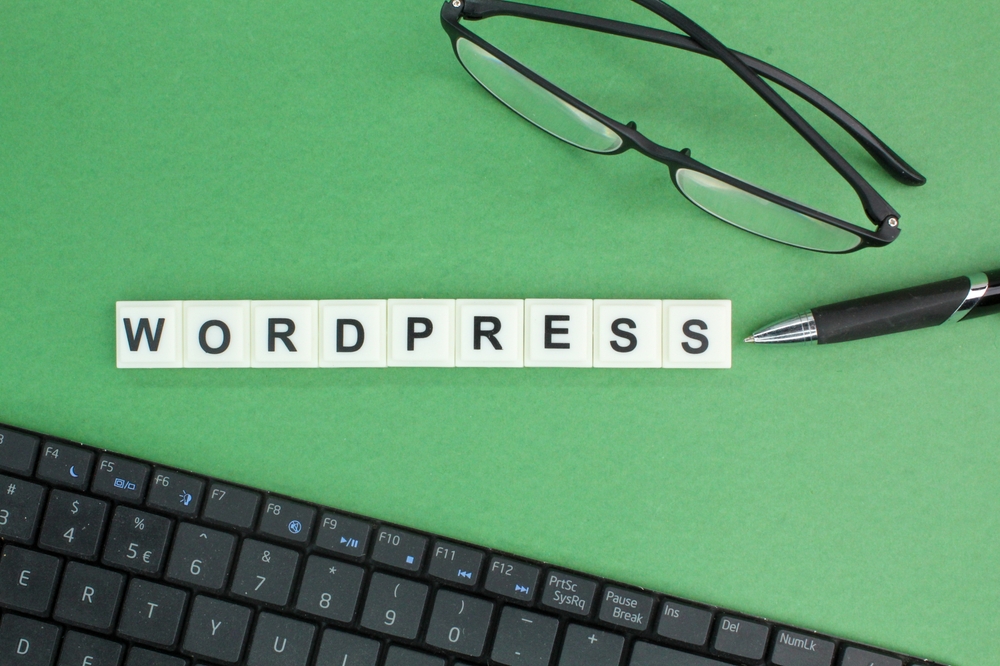
WordPress has become one of the most popular Content Management Systems (CMS) for individuals as well as businesses. Its user-friendly interface, scalability, and vast customization options make it an ideal platform for creating and maintaining websites of all types. However, to truly harness the power of WordPress, one must delve into its customization and maintenance features. In this article, we will explore expert tips and tricks to help you master WordPress (the blogging platform) customization and maintenance like a pro.
Understanding WordPress (the platform for bloggers) Customization
WordPress offers several customization options that allow you to personalize your website and make it stand out from the crowd. Whether you're a beginner or an experienced user, these tips will help you take your WordPress (WP) customization to the next level.
1. Explore the Theme Customizer: The Theme Customizer is one of WordPress (or WP) 's most powerful tools. It enables you to easily modify various aspects of your website's design, such as colors, fonts, and layouts. Experimenting with different settings in the Theme Customizer will give you a real-time preview of how your changes will affect your website's appearance.
2. Utilize Child Themes: When customizing a WordPress theme, it is best practice to use a child theme. A child theme allows you to make modifications to a theme without losing your changes when the parent theme updates. By creating a child theme, you can freely customize your website's design while maintaining the flexibility to update the parent theme.
3. Customize the Header and Footer: The header and footer are crucial elements of your website's design. WordPress provides options to customize these sections, allowing you to add your logo, navigation menus, widgets, and copyright text. By personalizing the header and footer, you can create a consistent branding experience for your audience.
4. Optimize Your Images: Image optimization is vital to ensure your website loads quickly and efficiently. Large image files can significantly impact the site's performance. WordPress plugins such as Smush and EWWW Image Optimizer can help reduce the file size of your images without compromising on quality. Additionally, using responsive images ensures they adapt to different screen sizes seamlessly.
WordPress Maintenance Best Practices
Maintaining a WordPress website is vital to keep it secure, optimized, and running smoothly. Here are some expert tips to help you manage your WordPress site efficiently.
1. Update WordPress and Plugins Regularly: Keeping your WordPress installation, themes, and plugins up to date is crucial for security and performance. Regular updates often include bug fixes, security patches, and new features. Enable automatic updates wherever possible, but remember to perform a thorough backup before making any updates.
2. Clean Up Unused Plugins and Themes: Unused plugins and themes can pose a security risk to your website. If you're not actively using a plugin or theme, it's best to remove it entirely. Regularly review your plugins and themes, and delete any that are no longer needed. This will help improve your website's speed and security.
3. Take Advantage of Caching: Caching is a technique that stores a static version of your website, reducing the server load and improving page load times. Utilize caching plugins like WP Rocket or W3 Total Cache to optimize your WordPress site's performance. These plugins generate static HTML files, which are served to visitors, reducing the need for WordPress to generate dynamic pages on every request.
4. Secure Your Website: WordPress security should be a top priority. Regularly update your admin password, use strong login credentials, and consider implementing two-factor authentication. Install a reliable security plugin like Wordfence or Sucuri to monitor your website for any suspicious activity. Regularly scanning for malware and vulnerabilities will help keep your website secure.
5. Optimize Your Database: Over time, your WordPress database can accumulate unnecessary data, causing your website to slow down. Optimize your database regularly by removing spam comments, post revisions, and other unneeded data. Plugins like WP-Optimize or Advanced Database Cleaner can assist in streamlining your database for improved performance.
Frequently Asked Questions (FAQ)
1. How can I change the layout of my WordPress website?- To change the layout of your WordPress website, you can explore different themes or use page builder plugins to create custom layouts without any coding required.
2. How do I add custom functionality to my WordPress site?
- WordPress offers a wide variety of plugins that enable you to add custom functionality to your site. Simply search for desired plugin functionality in the WordPress Plugin Directory, install, and activate the relevant plugin.
3. Can I customize the login page of my WordPress site?
- Yes, you can customize the login page of your WordPress site using plugins like Custom Login Page Customizer or LoginPress. These plugins allow you to change the logo, background, colors, and more.
4. What steps should I take to improve the SEO of my WordPress website?
- To improve the SEO of your WordPress website, focus on creating high-quality, unique content, optimize your site structure and URLs, use a reliable SEO plugin like Yoast SEO or Rank Math, and build quality backlinks to your site.
5. How can I make my WordPress website load faster?
- Improving the speed of your WordPress website can be achieved by optimizing images, using a caching plugin, enabling browser caching, minifying CSS and JavaScript files, and choosing a reputable hosting provider.
In conclusion, mastering WordPress customization and maintenance is essential to create a unique and successful website. By following the expert tips and tricks mentioned in this article, you will be able to customize your WordPress site to reflect your brand identity, optimize its functionality, and ensure it runs smoothly. Remember to stay up to date with the latest WordPress updates, implement security measures, and regularly clean up your website to maintain its performance and security. With WordPress's vast customization options and these expert tips, you'll be well on your way to creating a powerful and dynamic online presence.
Other useful resources
- https://www.wordpress24plus.com/services/